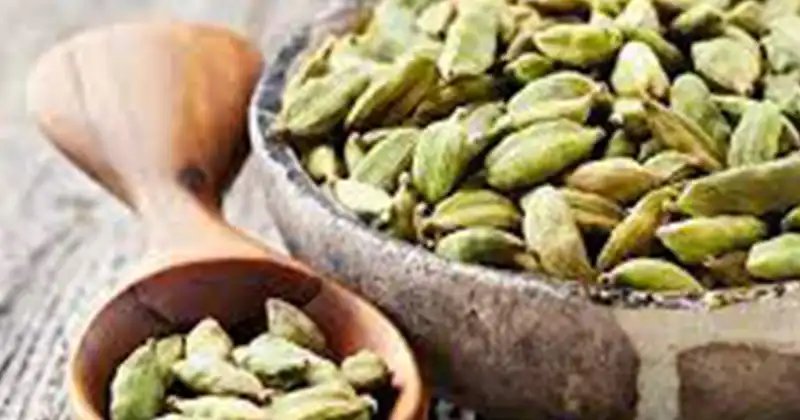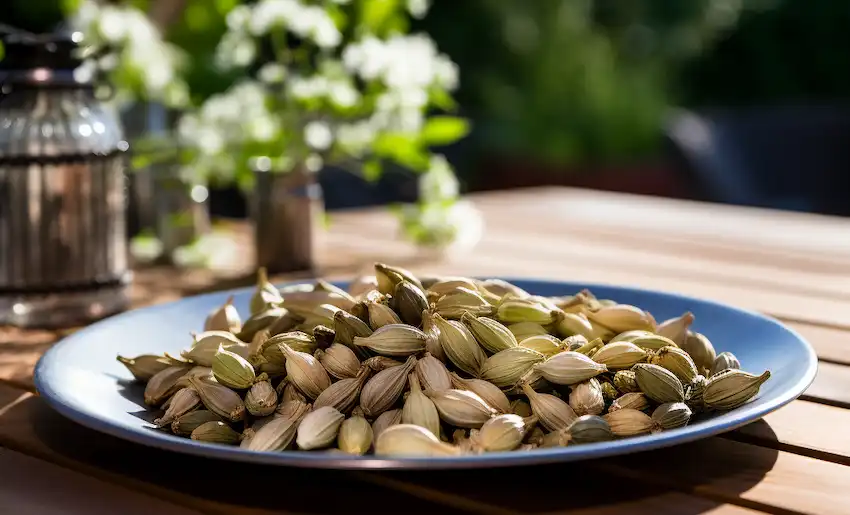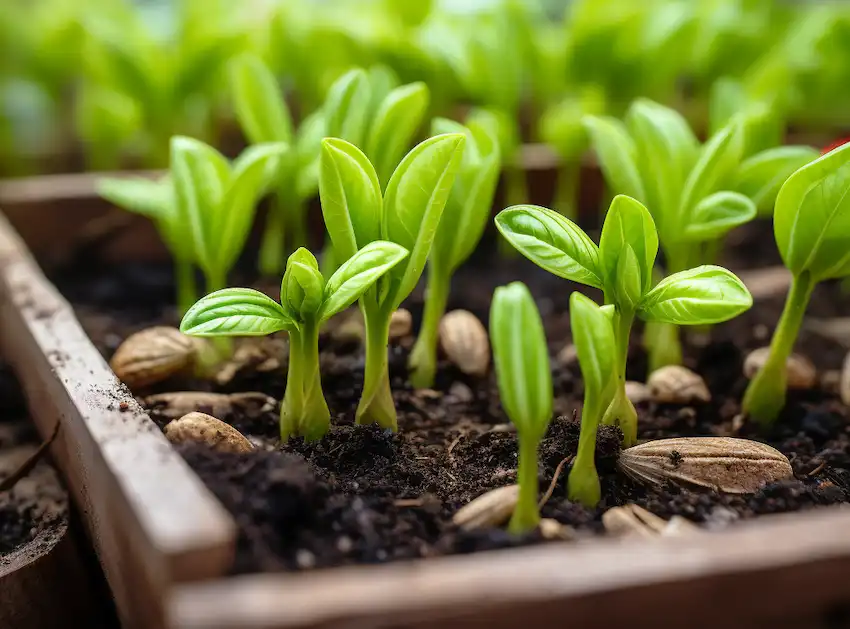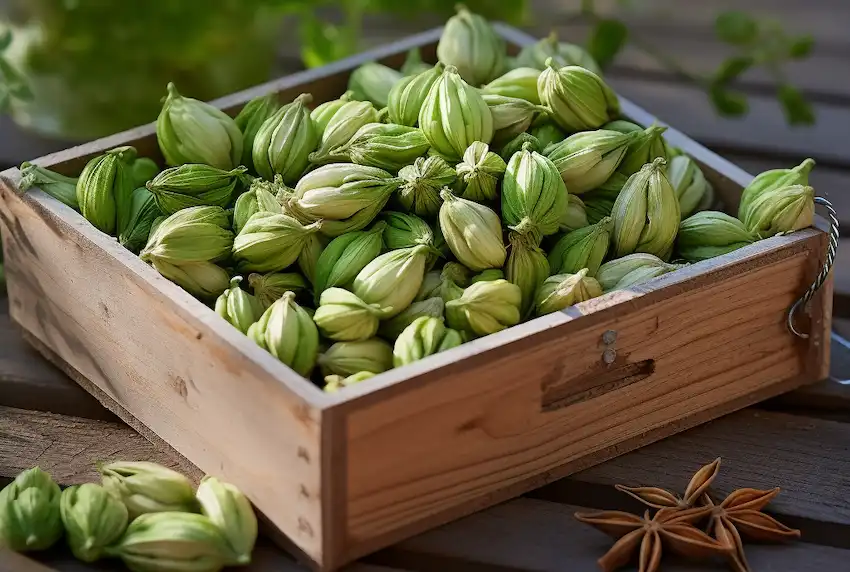
Cardamom, also known as the “Queen of Spices,” is a highly sought-after aromatic spice used in many culinary dishes and traditional medicines. Originating from the Indian subcontinent, cardamom thrives in tropical and subtropical regions. If you’re interested in growing your own cardamom plant from seed and ensuring its success, this article is for you.

Getting Started with Cardamom Seeds
Select Fresh Seeds: To start off, it’s important to choose fresh and viable seeds. Look for plump seeds that are free from mold or damage.
Soak the Seeds: Before planting, soak the cardamom seeds in water for about 12 hours. This softens the seed coat and helps with germination.
Planting the Cardamom Seeds
Prepare the Soil: Cardamom thrives in rich, loamy soil with good drainage. A mixture of compost, sandy soil, and a bit of perlite or vermiculite will create the perfect environment.
Planting Depth: Plant the seeds about 1 inch deep in the soil.
Spacing: Make sure to space the seeds or seedlings at least 2 feet apart, as cardamom plants can grow quite large.
Watering: After planting, water the seeds gently but thoroughly.
Growing Conditions

Light: Cardamom plants prefer indirect sunlight or partial shade. They naturally grow under the canopies of larger trees in the wild.
Temperature: The ideal temperature range for cardamom plants is between 22°C to 32°C.
Watering: These plants love humidity. Ensure the soil remains consistently moist but not waterlogged. Be cautious of overwatering, as it can lead to root rot.
Fertilization: During the growing season, feed the plants with a balanced liquid fertilizer every three weeks.
Caring for Green Cardamom
Pruning: As the plant grows, it may produce weak or unhealthy shoots. Prune them away to encourage robust growth.
Pest Control: Keep an eye out for pests like aphids and spider mites. Neem oil can be an effective organic solution to tackle them.
Harvesting: Cardamom pods are ready for harvest when they turn a pale green or yellowish-green. It’s important to pick them before they split open.
Final Tips
Repotting: If you’re growing cardamom in a pot, consider repotting once the plant outgrows its container.
Mulching: Adding a layer of organic mulch will help retain soil moisture and prevent weed growth.
Patience is Key: Remember, cardamom is a slow grower. It may take a few years before you see flowering and pod production.

In conclusion, while growing cardamom from seed may require some patience, the rewards are well worth the effort. With the right care and conditions, you’ll have the satisfaction of harvesting your own fresh cardamom pods. Enjoy the vibrant taste and rich aroma that only home-grown cardamom can offer!





